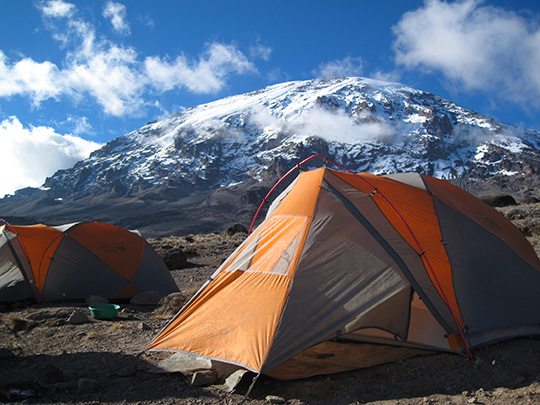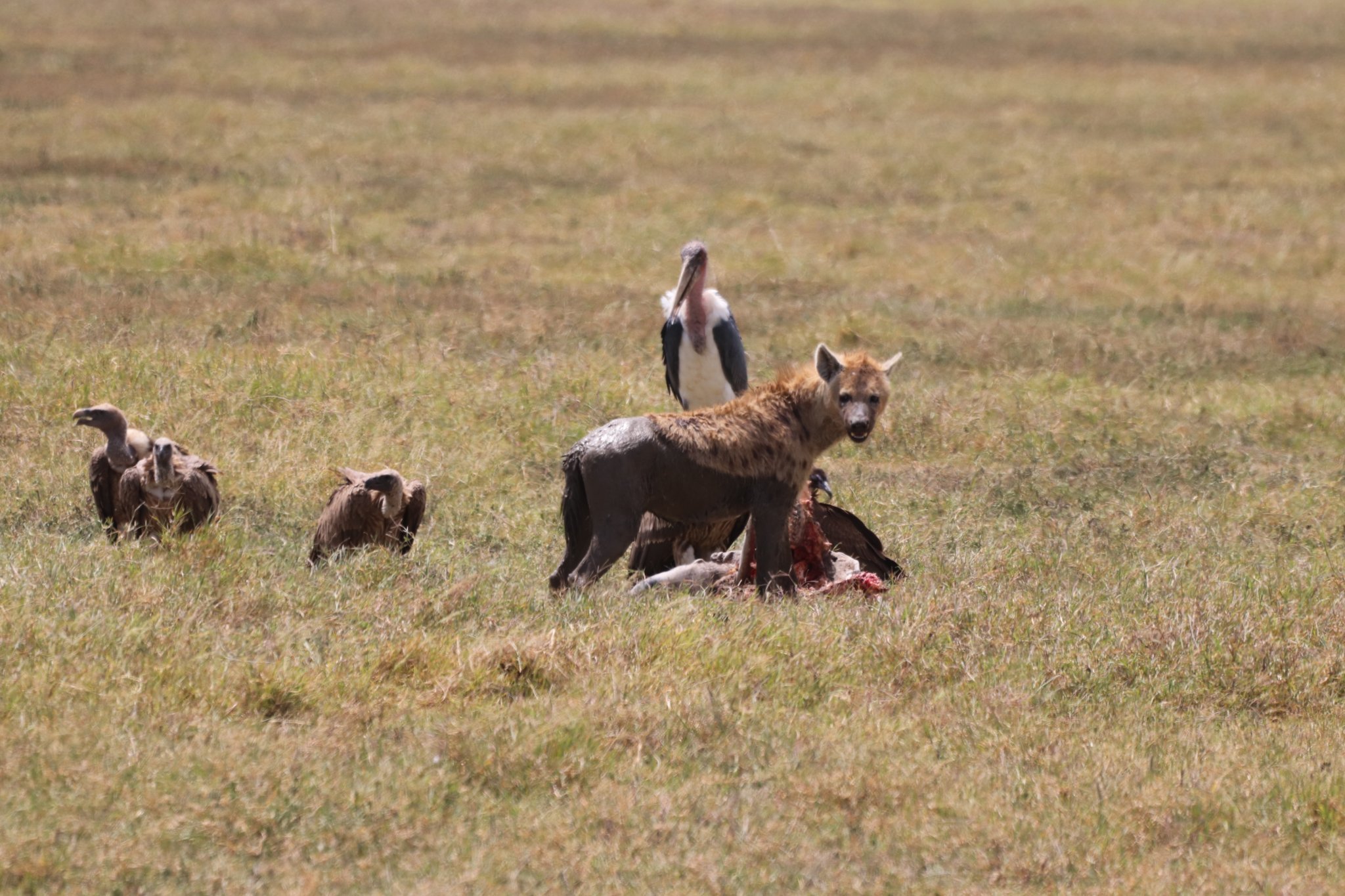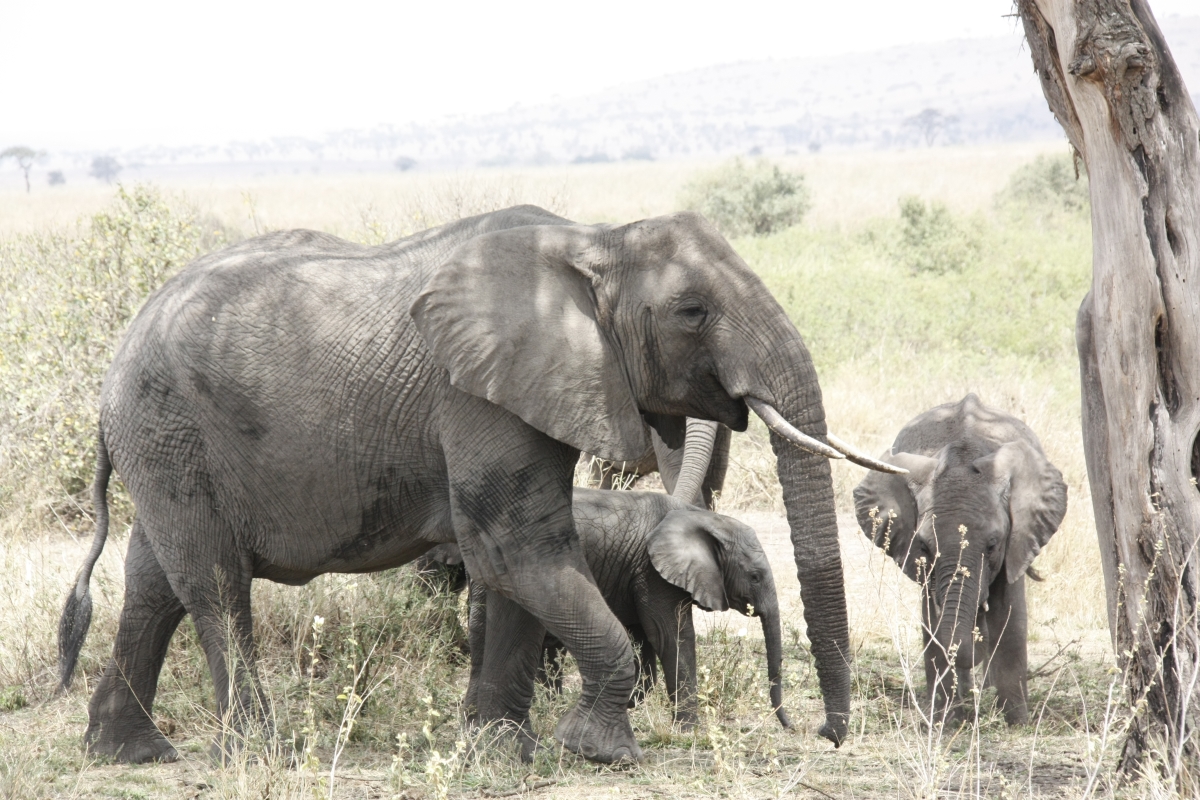Mount Kilimanjaro National Park: Conquering Africa’s Highest Peak
Overview
Mount Kilimanjaro National Park is home to the magnificent Mount Kilimanjaro, the tallest mountain in Africa and one of the world’s most iconic trekking destinations. Standing at 5,895 meters (19,341 feet) above sea level, Kilimanjaro is a dormant volcano that offers climbers an extraordinary opportunity to experience diverse ecosystems, breathtaking landscapes, and the thrill of reaching the summit. This blog explores everything you need to know about Mount Kilimanjaro National Park, from its geography and wildlife to climbing routes and preparation tips.
Location and Geography
- Location: Mount Kilimanjaro National Park is situated in northeastern Tanzania, approximately 300 kilometers (186 miles) south of the equator. The park encompasses the mountain itself and its surrounding landscapes, which include lush rainforests, heath, moorland, alpine deserts, and glacial zones.
- Size: The park covers an area of about 755 square kilometers (291 square miles), protecting the diverse flora and fauna found on the mountain.
Unique Features of Mount Kilimanjaro
- Three Volcanic Cones: Mount Kilimanjaro consists of three volcanic cones: Kibo (the highest), Mawenzi, and Shira. Kibo is the only active cone and has a crater at its summit, while Mawenzi and Shira are extinct.
- Climate Zones: The park features several climate zones, ranging from tropical at the base to arctic at the summit. The diverse climate supports various ecosystems, each with unique flora and fauna.
Wildlife and Biodiversity
Mount Kilimanjaro National Park is home to a rich array of wildlife, although its altitude limits the variety of large mammals compared to other national parks:
- Lower Slopes: The lower slopes are lush with vegetation and support wildlife such as elephants, buffaloes, and a variety of antelope, including the bushbuck and duiker.
- Primates: The forests are inhabited by primates, including blue monkeys and the playful black-and-white colobus monkeys.
- Birdlife: The park boasts over 140 species of birds, making it a fantastic destination for birdwatchers. Notable species include the endangered Abbot’s babbler and various raptors.
Climbing Mount Kilimanjaro
Mount Kilimanjaro is a popular destination for trekkers, offering several routes for climbers of varying abilities:
- Machame Route:
- Duration: 6-7 days
- Difficulty: Moderate to difficult
- Highlights: Known for its stunning views and diverse landscapes, this route provides a challenging ascent with great acclimatization opportunities.
- Lemosho Route:
- Duration: 7-8 days
- Difficulty: Moderate to difficult
- Highlights: A less crowded and scenic route that offers excellent acclimatization and breathtaking vistas throughout the trek.
- Rongai Route:
- Duration: 6-7 days
- Difficulty: Moderate
- Highlights: This route approaches the mountain from the north and provides a unique perspective of Kilimanjaro. It’s less popular but offers stunning views.
- Marangu Route:
- Duration: 5-6 days
- Difficulty: Moderate
- Highlights: Also known as the “Coca-Cola Route,” it is the only route with hut accommodations. It’s popular for its straightforward path.
- Northern Circuit Route:
- Duration: 9 days
- Difficulty: Moderate
- Highlights: A newer route that provides an excellent acclimatization profile and stunning views of the mountain from various angles.
Best Time to Visit
The best times to climb Mount Kilimanjaro are during the dry seasons:
- January to March: These months typically offer clear weather and fewer crowds, making it an ideal time for climbing.
- June to October: Another popular climbing period, with good weather conditions, although it may attract more trekkers.
Preparation and Considerations
- Physical Fitness: Climbing Kilimanjaro requires a good level of fitness. Training should include cardiovascular exercises and hiking to prepare your body for the altitude and physical demands of the trek.
- Acclimatization: Proper acclimatization is essential to avoid altitude sickness. Choose a longer route that allows for gradual ascent and proper acclimatization.
- Gear and Equipment: Invest in high-quality gear, including sturdy hiking boots, layered clothing, and a good sleeping bag suitable for cold temperatures. Proper equipment can significantly enhance your comfort and safety.
- Guided Tours: Hiring a reputable guide and support team is crucial for a successful and safe climb. Experienced guides provide invaluable insights, assist with navigation, and ensure climbers’ safety.
- Safety Precautions: Be aware of the symptoms of altitude sickness (headaches, nausea, dizziness) and communicate any concerns with your guide. It’s essential to listen to your body during the ascent.
Accommodation Options
While climbing Mount Kilimanjaro, accommodations vary based on the chosen route:
- Camping: Most routes involve camping in designated sites, where tents are provided, and meals are prepared by the support team.
- Huts: The Marangu Route offers hut accommodations, providing more comfort compared to camping, particularly on cold nights.
Cultural Significance
Mount Kilimanjaro holds cultural importance for the local Chaga people, who regard the mountain as sacred. Climbing Kilimanjaro supports local communities by providing employment for guides, porters, and support staff, thereby contributing to the local economy.
Conservation Efforts
Mount Kilimanjaro National Park is dedicated to conservation and sustainable tourism:
- Community Involvement: Engaging local communities in conservation efforts helps reduce human-wildlife conflict and promotes sustainable practices.
- Research and Education: The park emphasizes the importance of education and research to raise awareness about preserving the unique ecosystems and wildlife on Kilimanjaro.
Conclusion
Mount Kilimanjaro National Park is a breathtaking destination that offers climbers a unique blend of adventure, stunning landscapes, and diverse ecosystems. Whether you’re seeking the thrill of reaching Africa’s highest peak or simply want to experience the natural beauty of the mountain, Kilimanjaro promises an unforgettable adventure.
At Royal Climb and Safaris, we are committed to providing tailored climbing experiences that showcase the best of Mount Kilimanjaro. Our knowledgeable guides and dedication to responsible tourism ensure a safe and memorable journey to the summit.
Ready to embark on the adventure of a lifetime? Contact Royal Climb and Safaris today to start planning your Kilimanjaro trek!




